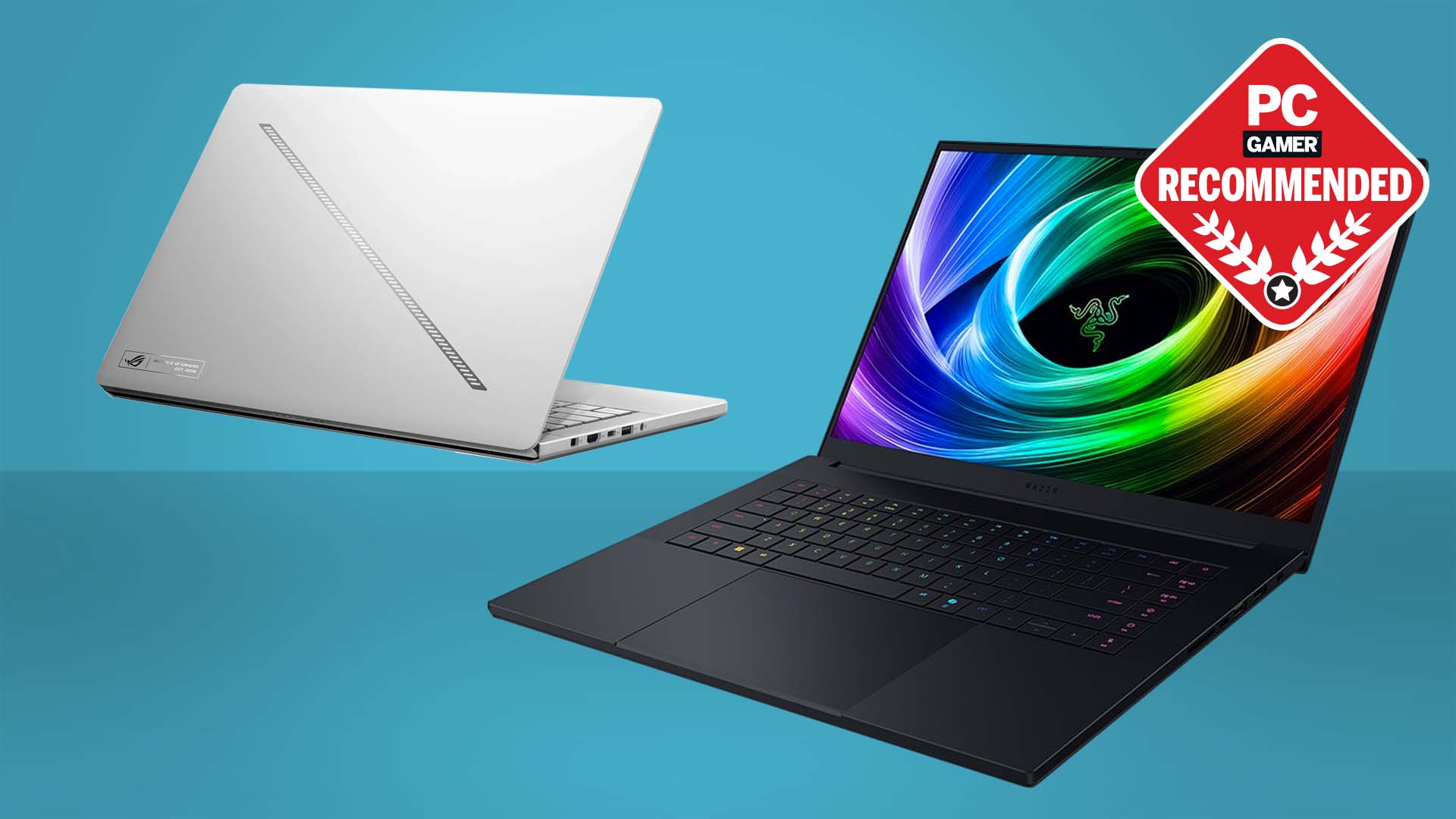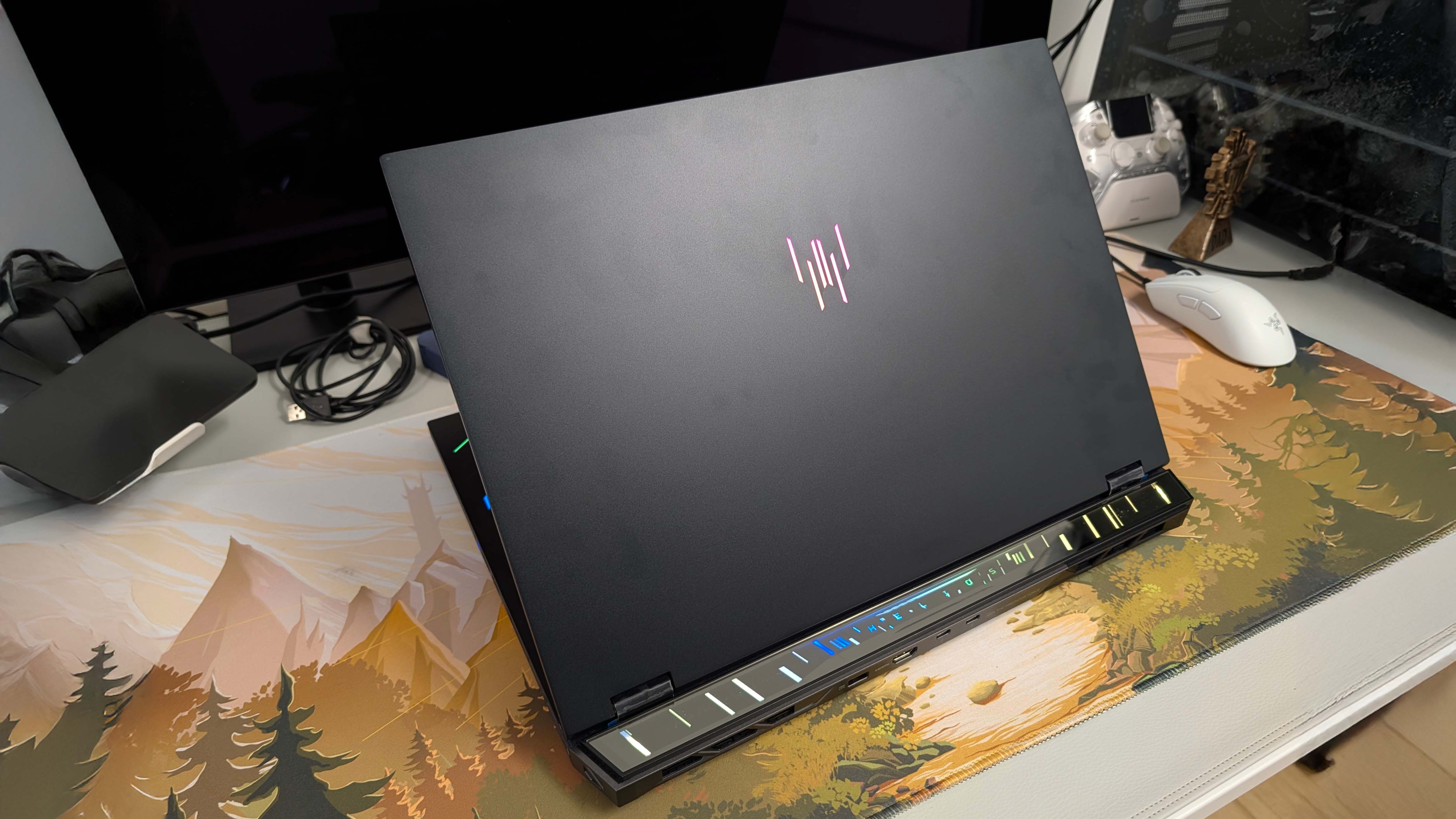Five common reasons game marketing is misleading
How a prototype becomes a vertical slice and a huge E3 reveal... that looks a lot different from the game we get.

No Man’s Sky is a unique case of videogame marketing controversy. What it promised was so nebulous—a huge procedural universe where who knows what you’ll find—that expectations had unlimited space to grow into. They could only plummet back to a craggy rock of a planet on release. We just didn’t know how hard the landing would be.
But some of what had No Man’s Sky under fire from players was predictable videogame marketing backlash. After years of covering videogames, I’ve seen game after game fail to align with its gorgeous E3 trailer and expertly composed screenshots. I’ve seen games that looked finished at one E3—such as Star Wars 1313—disappear from the next, never to be seen again.
To some degree, this happens just because games change a lot during development, but in other cases, the games we see at E3 never even existed outside of that specific demo. How and when games are shown to the public varies between developers, publishers, and budgets, but for the biggest of them there are some common practices that repeatedly end with a 30-page forum thread comparing stills from two years ago with the game that released. Here are five reasons everything we see before a big game is released is suspect (and why we don't recommend preordering).
The vertical slice
‘Vertical slice’ is an industry buzzword that few marketers use publicly—and yet we see them all the time. The term can mean different things depending on the context, but when it comes to games, a vertical slice is a complete demo that showcases all the intended features. A hypothetical vertical slice for, say, Deus Ex: Human Revolution would be one complete level with stealth, combat, enemy AI, dialogue, and so on—a segment of the game that reflects the final product, but nothing beyond it.
Ron Gilbert called vertical slices “one of the dumbest things the game industry has ever come up with.” Critics of building vertical slices too early point out that building a finished level as a starting point actually means building most of the game as a starting point. From a linear, ‘horizontal’ perspective, one level might be a small portion of the player’s experience, but all the elements of that one level—HUD design, art and animations, control systems, and so on—represent the bulk of development. To focus on a slice first, instead of iterating on a sketch of the full game in a more holistic approach, can lead to obvious problems. What if things that worked in that one demo level don’t work in all cases? What if the limitations of that level are pasted onto the rest of the game, homogenizing the whole thing? Shouldn't development be iterative?
But showing a big, untextured prototype with a placeholder HUD to executives and investors isn’t necessarily the best way to convince them it’s a winner—and the same goes for the public. A vertical slice is the first completely realized piece of a game, so it’s what screenshots, trailers, and press demos are based on. We see the effects of this all the time at PC Gamer: We’ll do an interview with one creative director or another, and they’ll talk about all sorts of exciting ideas, but the only screenshots the publisher will provide are from one level that has nothing to do with those ideas. Because that’s the only part of the game ready to be seen.
It’s unlikely that this one slice is going to stay perfectly static, with the rest of the game built around it to conform. If the vertical slice was created early in development, there’s going to be iteration and discarded ideas and new ideas as the whole picture is painted. The vertical slice itself may even be painted over.
Keep up to date with the most important stories and the best deals, as picked by the PC Gamer team.
When BioShock Infinite was shown in 2011, it hardly represented the complete BioShock Infinite we played. After that slice was built for E3 and shown, the characters changed, the powers changed, the HUD changed, the story changed, and entire scenes were cut. Ken Levine and the team at Irrational learned and discovered new things about Infinite as they went—as I think we’d want them to. But it means they crunched out something that didn’t look quite like the game they’d ultimately make.
Bungie’s Halo 2 demo at E3 2003 is another prime example. By Bungie’s own proud admission, “buckets of blood and sweat (and probably a few tears) were poured into making this demo something spectacular.” I’m not sure any developer today would openly admit that it made employees sleep in the office for days to build an E3 demo that isn’t representative of the final game—but that’s what happened, and it still happens.
If you see a complete-looking game demo shown on stage at E3—or, say, a trailer for a game called Prey 2 in 2012—and then someone in a suit says it’ll be out in three years, consider that the level you’ve just seen might be the only completed level. Big publishers and developers spend a lot of time developing and refining these presentations, but everything in them is subject to change as the full game is built.
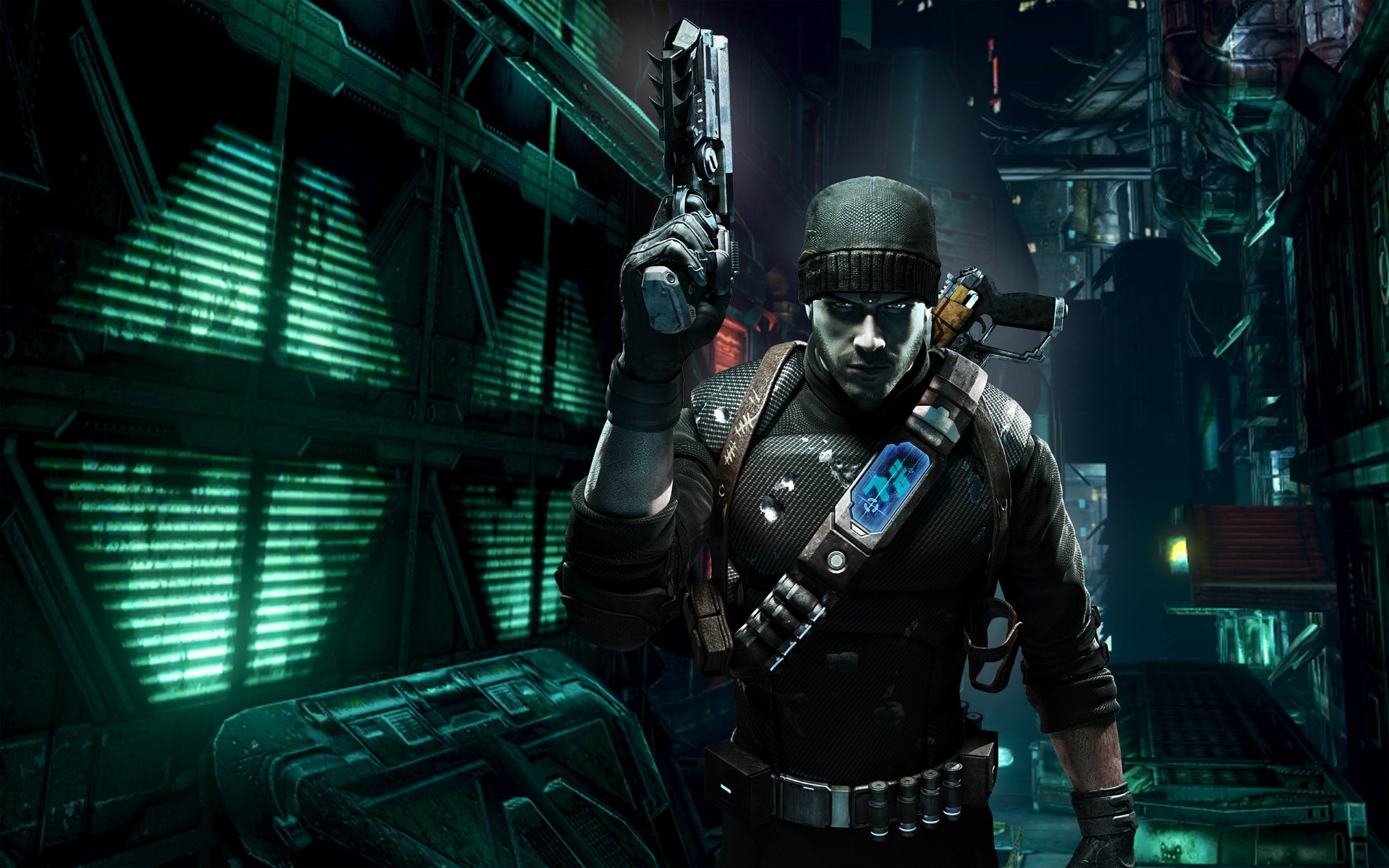
'Downgrades'
Vertical slices can also be visually more impressive than the whole, and this happens often enough to get its own term: ‘downgrading.’ I’m not a fan of the word, because I don’t think it helps us to label developers saboteurs of their own games when they addresses technical problems or make artistic changes, especially as we also complain that games aren’t ‘optimized’ enough.
Take The Witcher 3 for example: It’s a gorgeous game that runs well, but it wasn’t gorgeous in the exact same way it was a year before release, and there was a brief controversy about it. This, again, was because the demo shown at E3 was designed a la carte.
"If you're looking at the development process, we do a certain build for a tradeshow and you pack it, it works, it looks amazing,” CD Projekt co-founder Marcin Iwinski told Eurogamer. “And you are extremely far away from completing the game. Then you put it in the open world, regardless of the platform, and it's like, 'Oh shit, it doesn't really work.' We've already showed it, now we have to make it work. And then we try to make it work on a huge scale. This is the nature of games development."
The Witcher 3 was still a great game, though, so the whole thing seems a bit frivolous now. If we don’t give work-in-progress footage a little flexibility, we’re saying that developers aren’t allowed to make new decisions after releasing a trailer, which isn’t realistic. There are also changing hardware specs to consider.

But I don’t think we ought to let them off the hook completely. Another example comes from The Division’s E3 2013 trailer, and prior to that with Watch Dogs. These weren't drastic changes, but they're symptom of those E3 demo grinds, and I’m skeptical that CD Projekt and Ubisoft were both totally unaware that they’d have to scale back the graphics in the real games. Bungie certainly knew what it was doing with Halo 2.
At the very least, we’re due an explanation when it happens. Most things that are advertised to us are advertised after they’re already done—a Heineken always tastes like a Heineken (water with some bubbly piss in it)—so games are somewhat unique in that they’re advertised while still being brewed. I can forgive a game that undergoes slight discoloration, so long as we know about it before it’s released. In general, don’t trust big reveal trailers to look like the games they’re promoting, especially if the release date is still a ways off.
Target footage
The other thing to look out for are videos labeled ‘target footage.’ Target footage is the precursor to a vertical slice, an artist’s rendering of what a game could look like. There may not be any game systems driving target footage at all. It can just be an animation showing how a game is supposed to look and play, and may have been made during pre-production as a sort of visual design document, as this Assassin’s Creed 3 target footage was.
Often target footage is used internally by developers and publishers as a clear example of a game’s vision—it isn't typically 'marketing,' but I've put it here because sometimes it’s shown or leaked to the public. If you see anything labeled target footage, consider it a nice idea for a videogame and nothing more.
Bullshots
When a developer wants to show off their game, sometimes they take some nice-looking screenshots and send them out to press and put them on their website, and that’s it. But when big marketing budgets are involved, people can be hired just to take screenshots. They use tools to unlock a free camera, manipulate time, and downsample from ultra high resolutions. This is how you see Geralt on a perfectly posed horse, looking crisper than a starched shirt. We lovingly call these 'bullshots.'
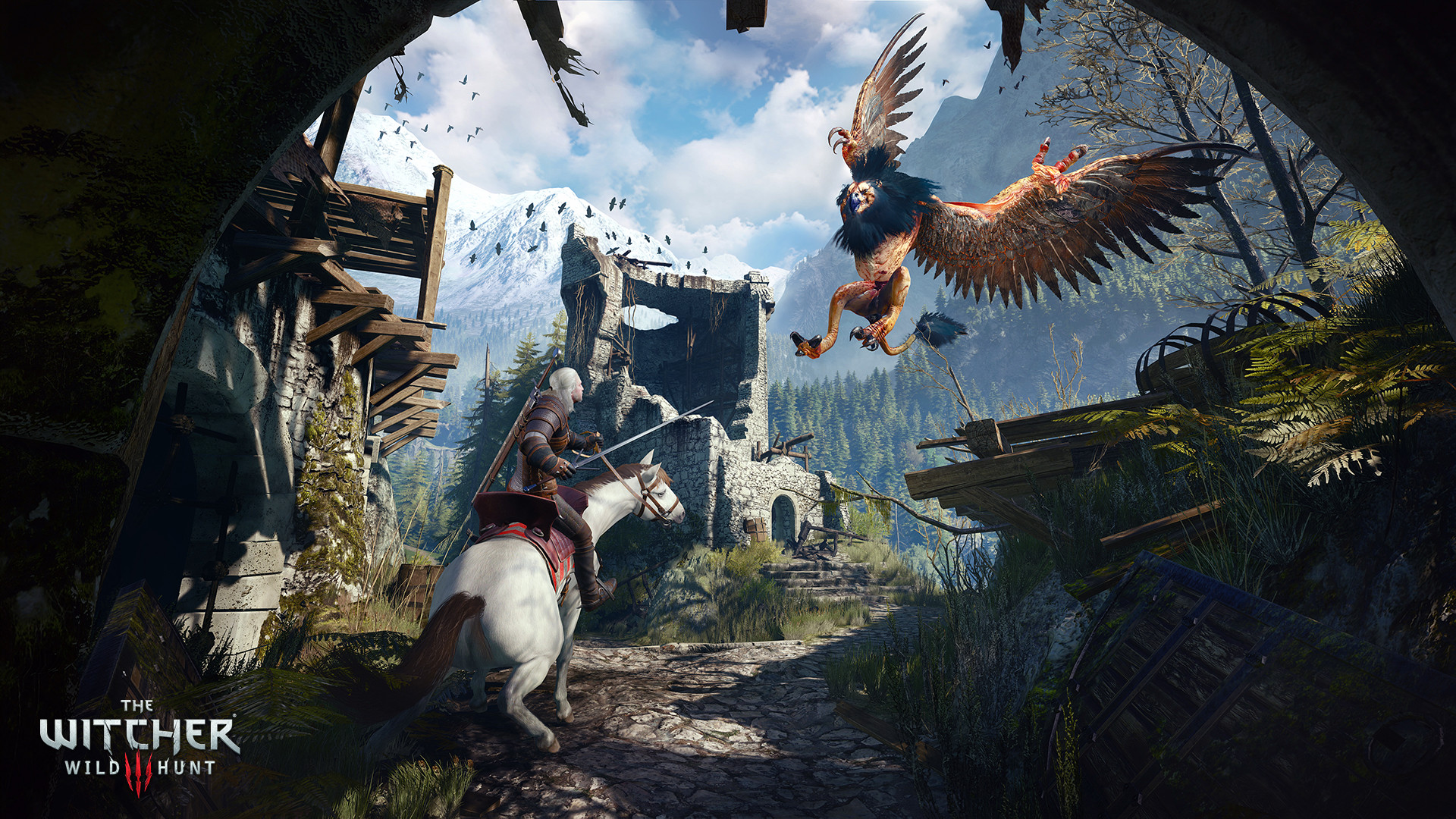
Every developer is trying to make their game look good when they take screenshots, but heavy supersampling and compositing elements in Photoshop crosses a line for me. I’m not accusing CD Projekt of all that necessarily—the screen above is just an example of some obvious manipulation.
This happens a lot, in part I think because bullshots have an endearing quality that affords them an ‘oh, you guys’ attitude. It’s funny to see a publisher try to pass off an obviously manipulated screen, as if we weren’t going to notice its perfect composition and total lack of aliasing. But if it’s unclear, as much as we think bullshots are funny, we hate receiving them. We never want to run a preview full of screenshots that obviously aren't achievable through regular play, and we call it out when those are the only screens we have. Thankfully, this is happening less and less, with more publishers allowing us to take our own screenshots or video directly from preview builds of their games (which, of course, may still look better than the final build) or releasing closed betas.
To be clear, we love the screenshotting community, which uses the same techniques to turn game worlds into photographic subjects, and we celebrate it every week in our Pixel Boost column. But those independently created, ultra high-res Photoshop-manipulated screenshots aren’t used to sell the game, and the artists who create them usually tell us how they achieved the look. It isn’t the same as putting an absurdly good-looking screenshot on a Steam store page without mentioning the game was running at 5 fps when it was taken.
Press demos
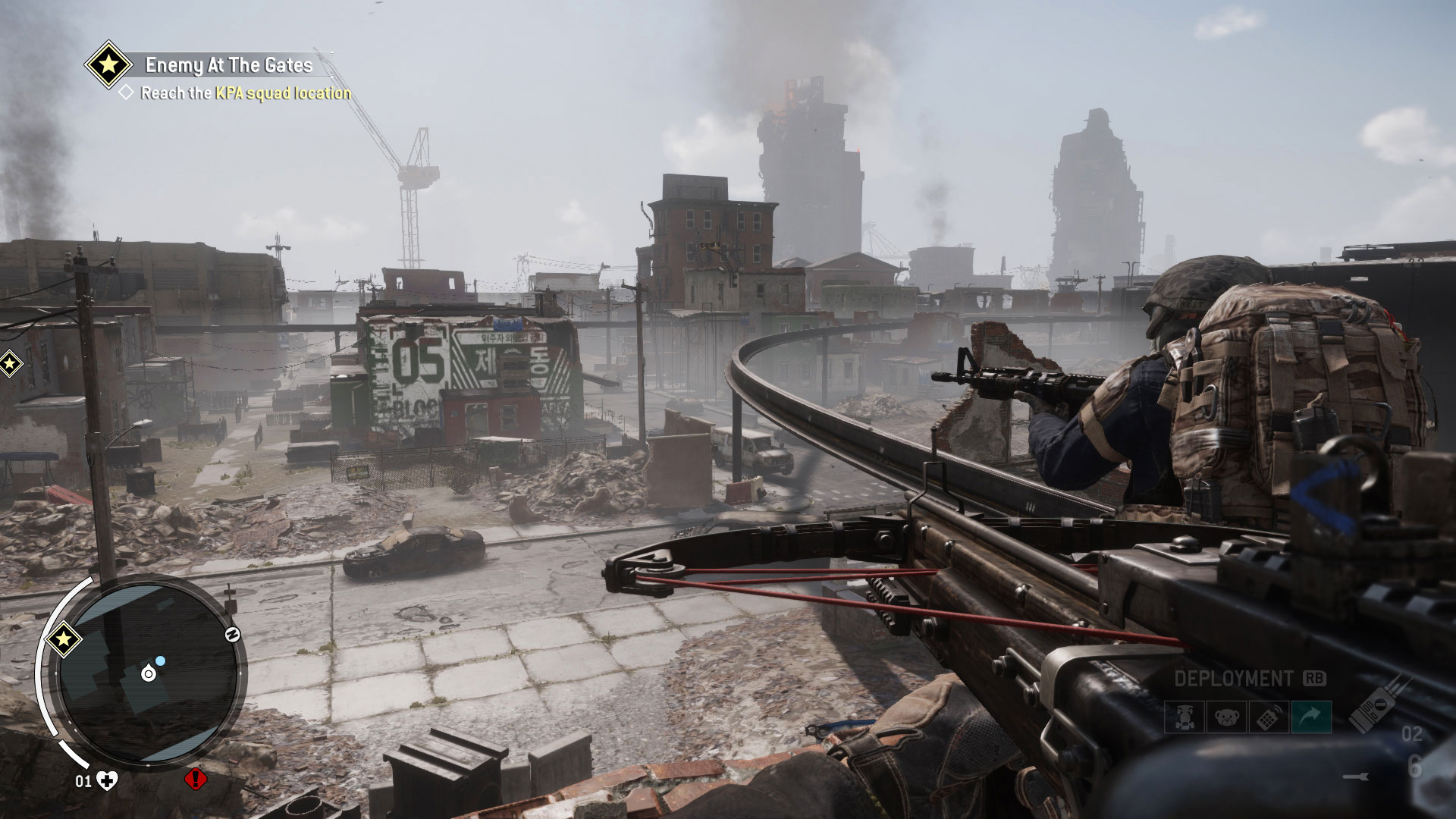
Imagine jumping into the middle of an open world shooter with no introduction to its rules or systems or even what its HUD looks like. That’s how I experienced Homefront: The Revolution for 15 minutes on a crowded PAX show floor last year. I had an inventory full of guns and gadgets I’d never used, a motorcycle I hadn’t learned this game’s specific modeling of, a UI I’d never seen before, goals I had no context for, enemies I’d never encountered, and an Xbox controller, which I hate using for FPSes.
It’s the wonderful world of hands-on previews, which I think are valuable (and I would say that) but are naturally flawed impressions of games. It’s a previewer’s job to quickly identify what they think is interesting, working, broken, fun, troubling, or exciting about a game, and when a preview is done well we get a clear picture of a game’s goals, its strengths and weaknesses, causes for skepticism, and reasons to care. But previews always come with the caveat that we’re only seeing what a developer has chosen to show us, and are colored by the circumstances of the demo. I’d guess that very few started playing the PC version of Homefront by plugging in an Xbox controller and loading up a mid-game save while surrounded by thousands of people on a convention showfloor.
Sometimes public and press demos are different from the actual game, which can be intentional. In Shaun’s preview of Dishonored 2, for instance, he notes that the difficulty was tweaked to account for lack of experience. Arkane wanted press to get through the entire demo despite necessarily being newcomers, and designed the experience to be as positive as possible. That doesn’t invalidate Shaun’s thoughts—he came away with observations largely unrelated to difficulty—but it does mean we don’t really know what Dishonored 2 is like to play.
Even if a demo is consistent with the actual game, it’s of course an incomplete experience. Back in March, Chris wrote a hands-on preview of No Man’s Sky, in which he describes everything you can do in the game: wandering a planet, mining resources, fighting space pirates, visiting a space station. He played an accurate vertical slice… for 30 minutes. Had he seen No Man’s Sky’s horizontal, he would’ve seen that same slice repeated to infinity, varied just enough to encourage exploration but not enough to be as compelling as we’d hoped—and that’s what he described in his review.
The questions Chris asked in that preview were on point. For instance: “The procedural generation guarantees you'll never see the exact same thing twice, but does that really mean the things you see will be interesting?” But because he’d only seen the vertical, they were unanswered questions, and they remained that way until No Man’s Sky released.
Earlier and later access
For our part, we should always ask questions and be skeptical (without being cynical, I’d hope) of advertising, never taking it at face value. It’s advertising, so of course they’re trying to make their games look as good as they can, and of course Daniel Craig doesn't drink Heineken. No one does.
There's a line somewhere between choreographing a nice screenshot and releasing the notoriously misrepresented Aliens: Colonial Marines.
Games are different from other media: really fundamental changes can take place over the course of development, and we have to allow for some of that. (In my opinion, we should really chill out about changes to grass rendering quality.) But there’s a line, of course, that exists somewhere between choreographing a nice screenshot and releasing the notoriously misrepresented Aliens: Colonial Marines. When the latter happens, we should absolutely call it out and make it loudly clear we don’t want that crap.
Publishers are listening and the industry is reacting. Look at how many games now release in Early Access, all their flaws and missing pieces on display—a model that has become a major pillar of PC development. Look as well at publishers such as Bethesda, which announced Fallout 4 just a couple months before releasing it. Some publishers still subscribe to the classic multi-year videogame press cycle—announcement, teaser trailer, first look preview, cinematic trailer, hands-on preview, gameplay trailer, another trailer, second hands-on preview, launch trailer, reviews—but it’s less and less the standard.
The solution has either been to show us everything up front from the start—blemishes and all—or to hide games out of sight until they’re complete or nearly complete. Part of the deal when it comes to avoiding game marketing that doesn't match the final product is that we get less information about games we’re looking forward to, and fewer big E3 surprise reveals.

Tyler grew up in Silicon Valley during the '80s and '90s, playing games like Zork and Arkanoid on early PCs. He was later captivated by Myst, SimCity, Civilization, Command & Conquer, all the shooters they call "boomer shooters" now, and PS1 classic Bushido Blade (that's right: he had Bleem!). Tyler joined PC Gamer in 2011, and today he's focused on the site's news coverage. His hobbies include amateur boxing and adding to his 1,200-plus hours in Rocket League.
